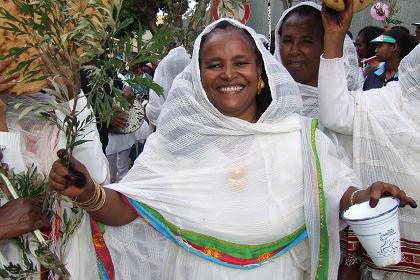Jul 22
201316
Foundations, Non-Profit Industrial Complex, Whiteness & Aversive Racism, World Wildlife Fund (WWF)
Adivasi Agricultural Association AIMA Argentina Biofuels Borneo Branding Der Pakt mit dem Panda (The Pact with the Panda) Documentary Ecotourism Ethanol Exploitation Expropriation GE Global Harvest Initiative GMO Hector Laurance HSBC India Jose Martinez de Hoz Land Evictions Landgrabs monoculture Monsanto Morgan Seeds Palm Oil Papua Paraguay Pioneer Racism Rainforests REDD Roundtable on Sustainable Palm Oil South America Soy Speciesism WWF
WATCH: WWF SILENCE OF THE PANDAS | A Journey into the Heart of the Green Empire
Above: Three of many individuals creating mass-misery and ecological devastation via WWF. Clockwise: Dr Hector Laurence – WWF Argentina (also president of Agricultural Association AIMA and Director of two GMO companies (Morgan Seeds & Pioneer), Dörte Bieler – WWF spokesperson for Germany, Jason Clay – Senior Vice President, Market Transformation.
The WWF is the largest environmental protection organisation in the world. Trust in its “green projects” is almost limitless. Founded on September 11, 1961, it is the most influential lobby group for the environment in the world, thanks largely to its elitist contacts in both the political and industrial spheres and to its ability to walk a constant tightrope between commitment and venality.This film will dispel the green image of the WWF however. Behind the organisation’s eco-façade, the documentary maker uncovered explosive stories from all around the world. This documentary reveals the secrets of the WWF. It is a journey into the heart of the green empire that will hopefully shatter public faith in such so-called conservation groups forever. [Synopsis below video.]
A film by Wilfried Huismann, Germany, 2011
The WWF, the most famous and powerful environmental organization worldwide, is facing accusations of working too closely with industries that destroy the environment and of ‘greenwashing’ dubious companies. The Fund allegedly collaborates with companies that deforest jungles, displace farmers, destroy the habitat of animals and contaminate the environment, German journalist and documentary maker Wilfried Huismann reveals. →














